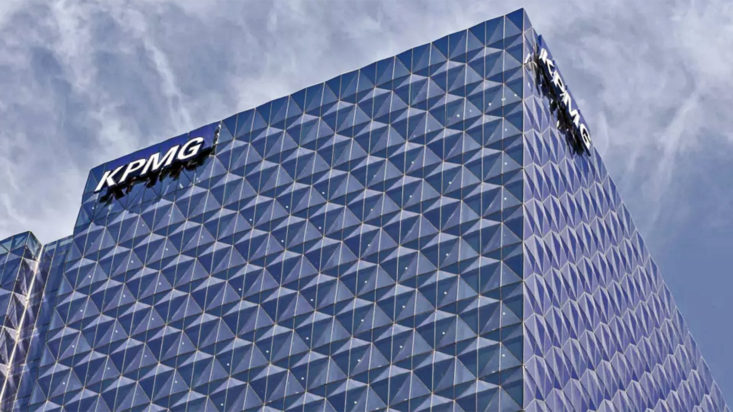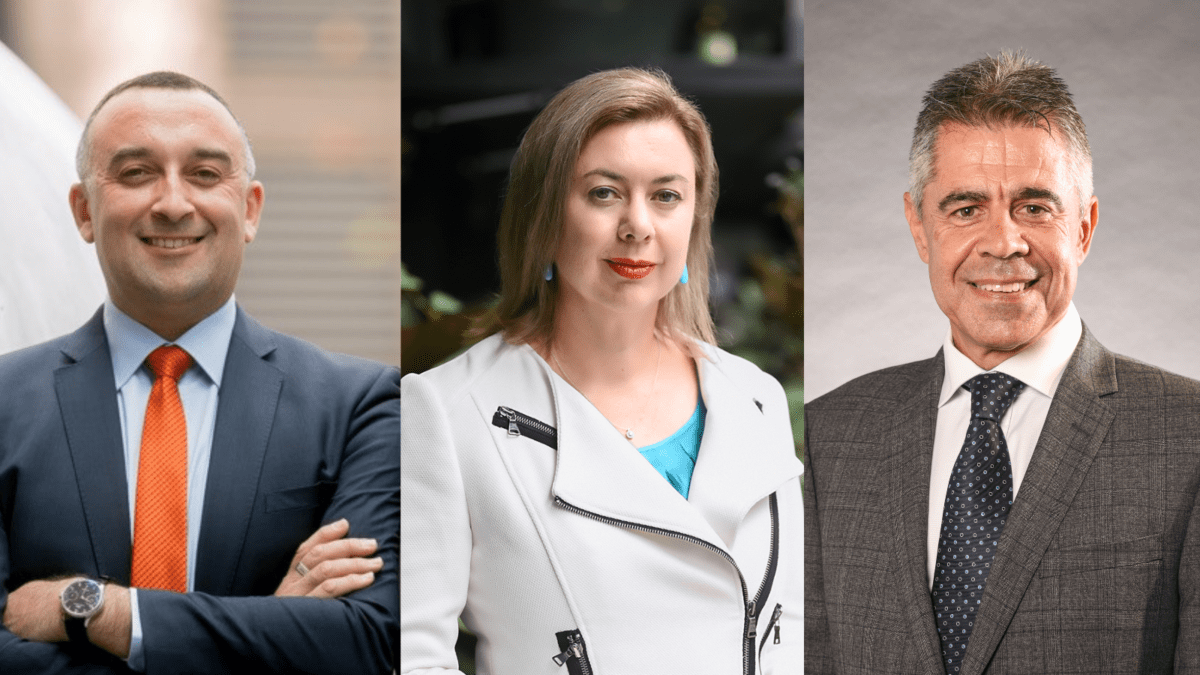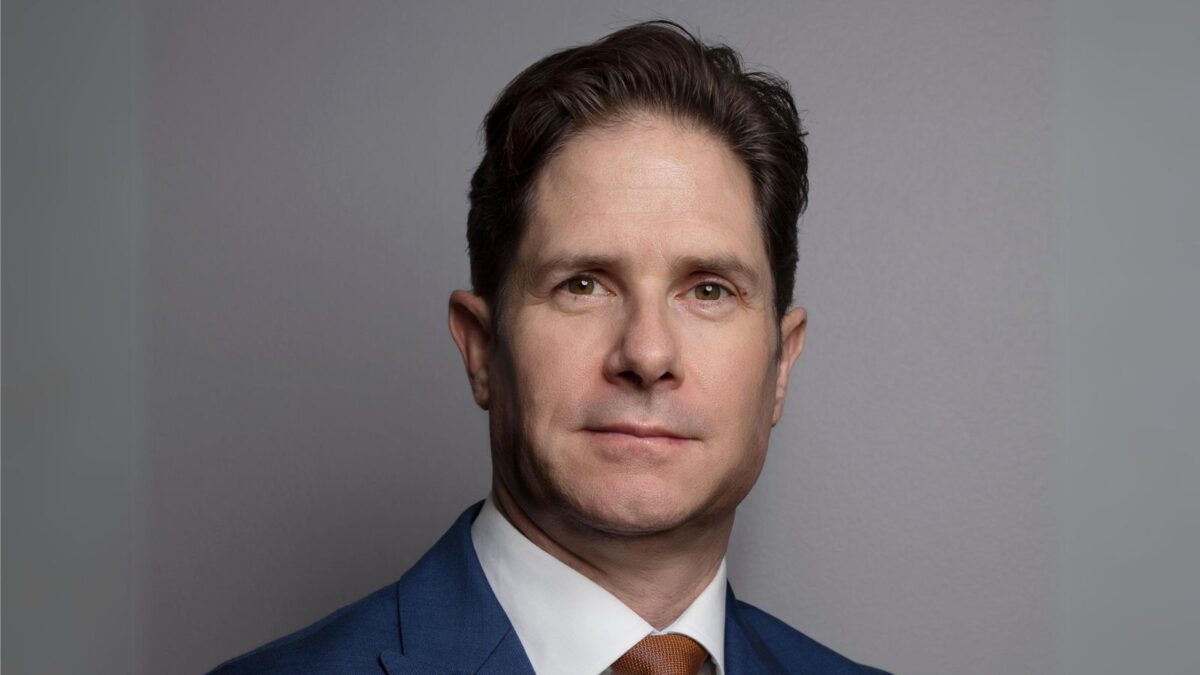Family offices fret on ‘legacy’ – and confront succession
Australian family offices are becoming more ubiquitous. But stresses are starting to show in their approach to tackling climate change and succession.
The rise of the family office in Australia since the turn of the century has been meteoric, driven by an increase in “wealth realisation” events post-GFC and the burgeoning infrastructure for supporting them in the growth of financial services firms catering to independent private clients. Where they were once only mainstream in the US and Europe, the average Australian family office now manages more than $1 billion – a figure set to grow.
“Family offices are on the rise in Australia. They are continuing to professionalise, to refine their mission and purpose, and are looking to the next generation for influence on how they can make an impact beyond their own building of wealth,” reads a report from KPGM titled “Wealth in Transition. “They are increasingly aware that the way they invest is scrutinised and their reputations are always at risk.”
That increased size and sophistication has seen them move away from the moniker of “funder of last resort” to compete with institutions as the preferred buyers of private assets, a phenomenon that KPMG hypothesises could also be ascribed to the decreased reputational value of those institutions (one factor perhaps not considered – the growing size of those institutions, and their different perspective on the scale of private asset purchases).
“Principals are also increasingly surrounding themselves with top-tier talent to establish leading investment houses, normally in distinct verticals,” the report reads. “Family offices are now attracting talented, skilled staff by offering a higher level of autonomy, flexibility, and the ability to have meaningful impact on investment decision-making.”
One of the main takeaways from the KPMG report, which surveyed more than 80 family offices throughout the APAC region, was the differentiated objectives many have in managing capital; 66 per cent of respondents reported that their goal was still to grow capital by a target percentage per annum, while 21 per cent were focused on preserving capital for future generations. And despite the perception that family offices are usually created due to demand from second-generation family members, more family offices are being set up by wealth originators, with fewer than one-fifth of respondents managing their wealth for only one generation.
But elsewhere in the report, stresses show. While many family offices are still focused on creating capital for the next generation rather than preserving it, only a small number have begun to confront the problems of succession.
“By way of comparison, in a survey of family business conducted by KPMG, released in 2018, we also found the preparedness of families for succession of their family business was varied,” said Robyn Langsford, partner in charge for family business and private clients at KPMG Australia. “In general, planning for a change in management was much further advanced than a plan for the transition of the family’s ownership of the business.”
“Many indicated that they had thought about the process, but 45 per cent suggested that no formal plans had been made… there remains a tendency to defer action until forced. That needs to be addressed.”
Interestingly, despite their focus on long-term growth or preservation of capital, few family offices are factoring climate change into investment decision making. Just over 10 per cent considered it to be extremely important; 40 per cent were neutral on the issue, while 14 per cent believed it was not important.
But where impact and philanthropy are concerned, family offices have been taking a front-foot approach. More than half of respondents had established their own charitable foundation, while 90 per cent had donated to charity in the last year, and 76 per were actively thinking about their “legacy.” Others think of the family’s capital as comprising several elements – not just financial, but social.
“Significant wealth owners now see philanthropy as being of prime importance to them and how their wealth is applied,” the report reads. “Amongst the most significant have been the emergence of Andrew and Nicola Forrest’s Minderoo Foundation, the late Stan Perron’s Charitable Foundation, and the late Paul Ramsay’s Foundation.”
“The size of foundations and grant making means their influence has extended from simply funding projects and initiatives delivered by third parties to actively developing their own projects. They have also become major influencers and policy advocates,” says KPMG.











